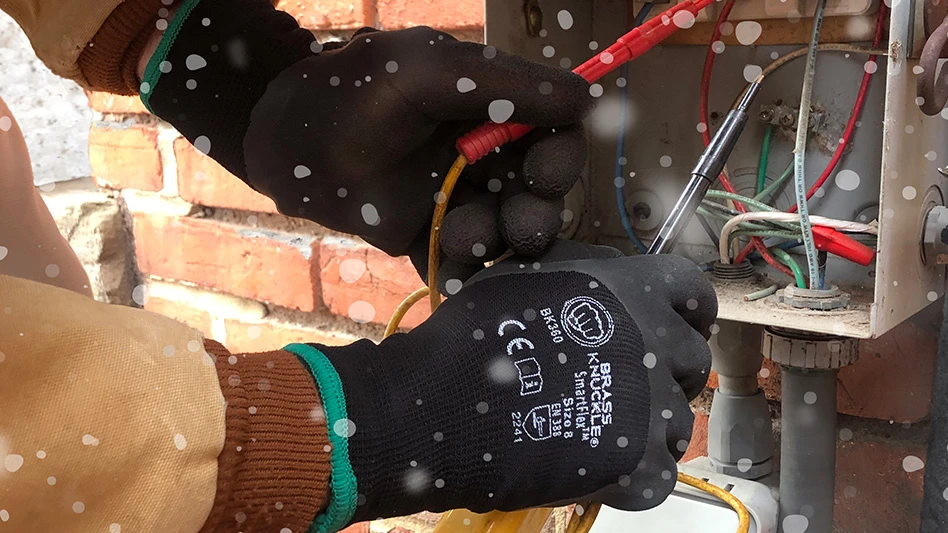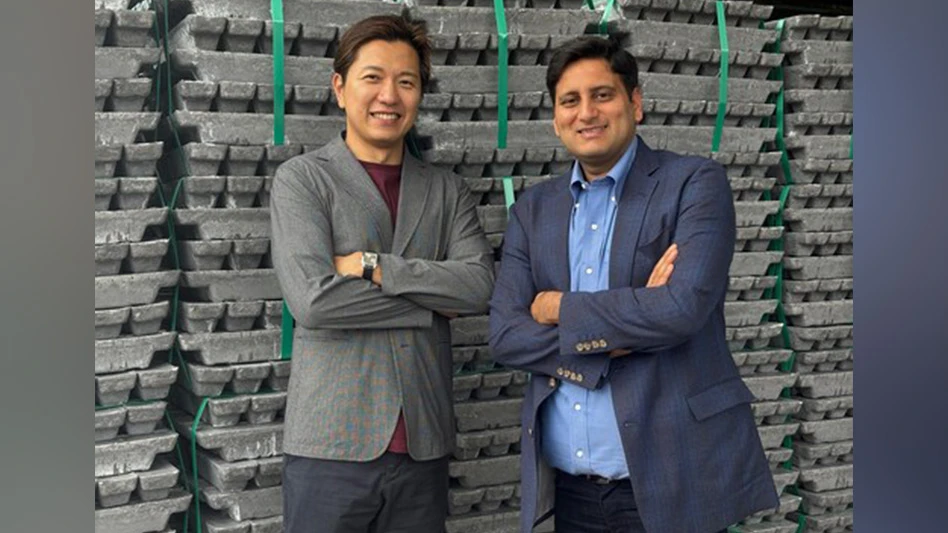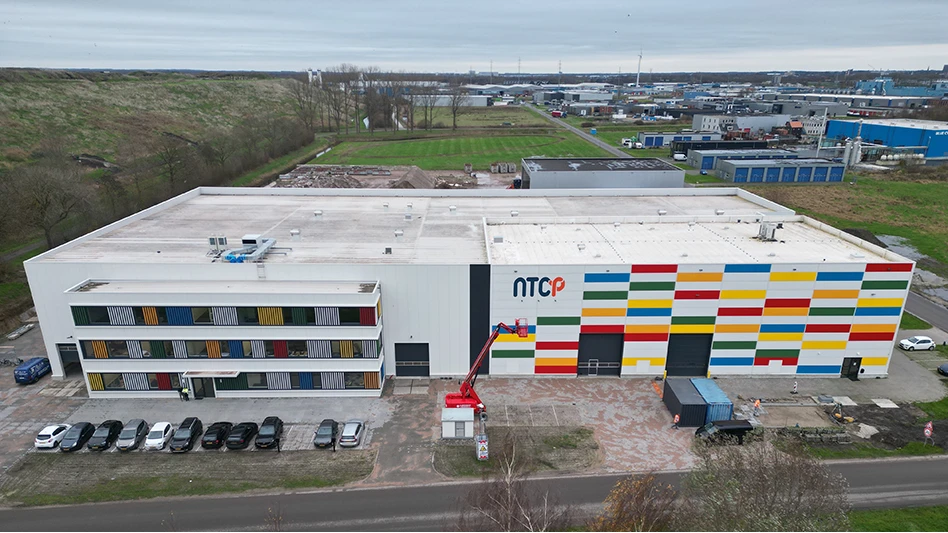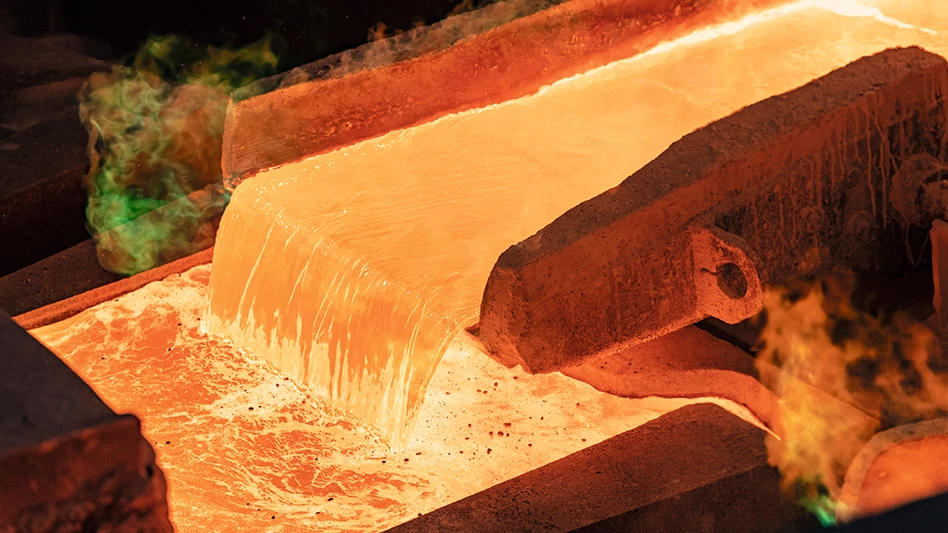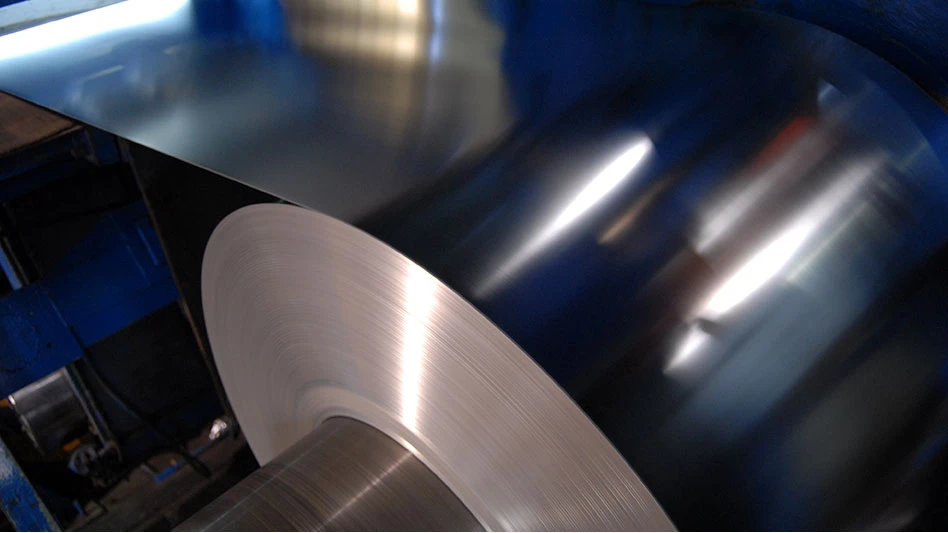
Magnetics and separation equipment provider Eriez has been supplying technology to material recovery facilities (MRFs) for as long as residential recyclables have been collected in the United States, Canada and beyond.
For nearly 10 years, Eriez Product Manager Chris Ramsdell has been helping MRF operators select the proper eddy current separator (ECS) units and ferrous recovery magnets to ensure facilities harvest both the cleanest and highest volume yields of aluminum used beverage containers (UBCs) and steel cans.
Ramsdell says the process often involves working not only with a MRF owner or operator, but also a sorting systems provider who must orchestrate and calibrate a complicated collection of machinery integrated and positioned to recover not just metal, but numerous grades of paper and plastic.
“These are the people to work with to fully understand the MRF market,” Ramsdell says of the systems providers and installers. “We work in conjunction with systems providers to supply metal separation equipment that complements their offerings within the challenging applications found in most MRFs.”
Conversations, field work and cooperation with these systems providers means Eriez has accumulated a breadth and depth of experience that allows it to recommend the appropriate and best performing piece of magnetic machinery for a MRF task. The best device, says Ramsdell, may not always come with the lowest price tag.
Ramsdell says a newer Eriez model, such as the Eriez RevX-E ECS, which was released in 2018, can provide return on investment because of its ease of maintenance. Such features on the RevX include larger side panels that allow for complete access to the moving parts of the ECS and a cantilevered frame designed with Quick Change Belt feature, which enables belt changes in just 10 minutes.

“The Quick Change Belt design allows for reduced downtime caused by unexpected belt damage,” says Ramsdell. “Belt damage can happen in MRFs, especially when the ECS unit is fed by a vertical chute and material can free-fall onto the belt.”
On the ferrous recovery side, Ramsdell says, “Large diameter (36-inch and 48-inch) top-fed drum-style magnets, rather than the conventional cross-belt suspended magnets, are gaining popularity.” He adds, “The benefits of the drum magnets is that they will hold up better over time. Eriez drum magnets have 3/8-inch thick manganese drum shells, and hold up better than the self-cleaning belts on suspended cross-belt magnets.”
Continues Ramsdell, “There is also an argument to be made that ferrous recovery will be higher, since the vast majority of the material cascades over the drum shell, which gets that ferrous material very close to the magnetic element. A drum is capable of recovering smaller ferrous pieces that might be missed by a cross-belt magnet.”

Explore the October 2020 Issue
Check out more from this issue and find your next story to read.
Latest from Recycling Today
- AISI, Aluminum Association cite USMCA triangular trading concerns
- Nucor names new president
- DOE rare earths funding is open to recyclers
- Design for Recycling Resolution introduced
- PetStar PET recycling plant expands
- Iron Bull addresses scrap handling needs with custom hoppers
- REgroup, CP Group to build advanced MRF in Nova Scotia
- Oregon county expands options for hard-to-recycling items

